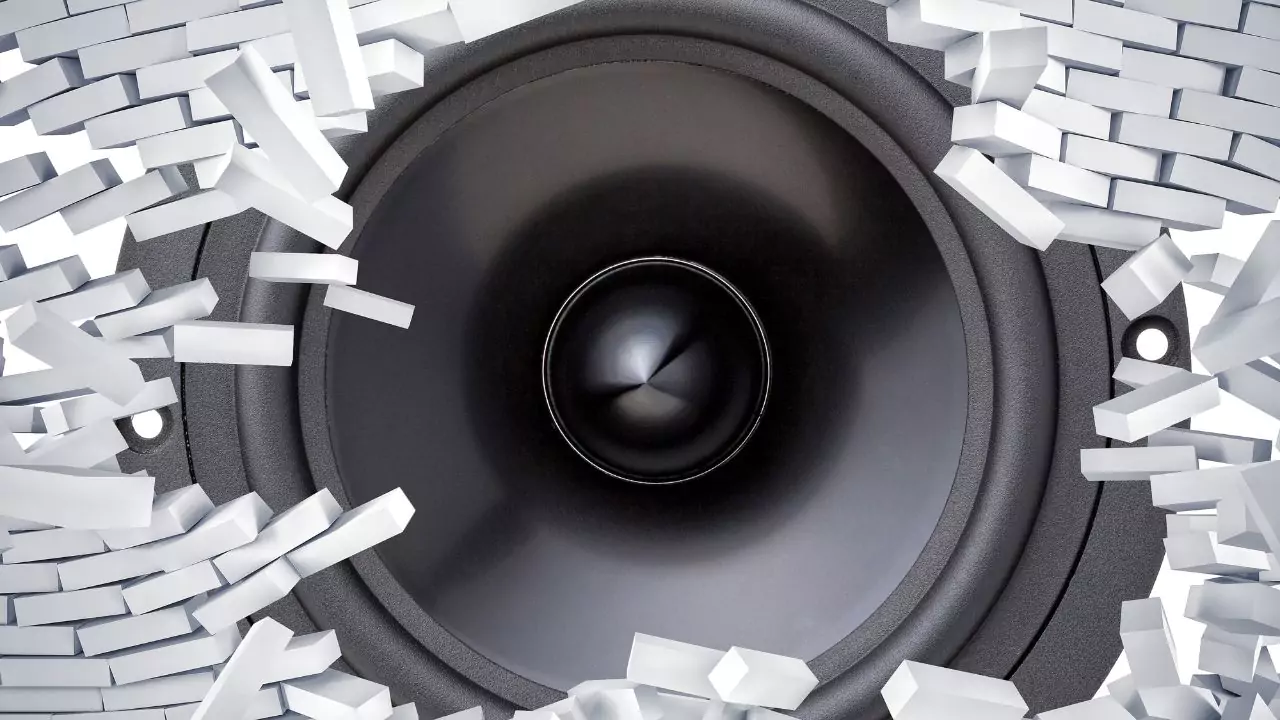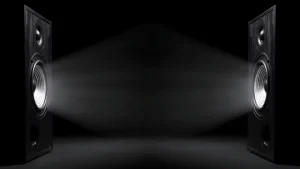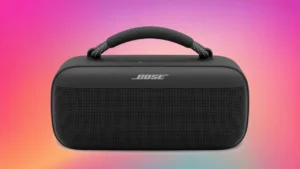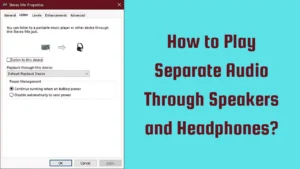Speakers have two types of interference: constructive interference and destructive interference. When the speakers play “in-phase”, then the sound comes from both speakers at the same wavelength. This is known as called constructive interference. However, if there is a change in wavelength patterns or if there is a 180-degree out-of-phase, then the speakers become destructive interference.
So, if you are looking forward to destroying speakers from a distance, then you can try to activate noise control for the speakers. If the speakers have this feature, they would cancel out the noise and reduce or eliminate the background noise. Most of the headphones available these days use this software.
To start this noise cancellation process, you need a microphone, a preamplifier source for the microphone, a mixing table, and speakers that have reverse polarity. Now, allow the speakers that you want to destroy to play some music. Direct the microphone in the direction of the speakers so that it can pick up the noise. As soon as the amplification process begins, set up the amplification in the reverse direction. The inverter speaker with reverse polarity will now add a 180-degree out-phase wavelength. This would offset the in-phase wavelength and cause a disturbance in the sound. Thus, the sound will either get reduced or completely eliminated.
If this process seems to it difficult to follow, then we have to other alternatives that you can try out. However, it is always advised before you destroy the speakers, talk to the owner and ask them to reduce the sound.
In This Article:
1. Use of CB radio to destroy the speaker from a distance
To continue with this process, you need a CB radio but do not go for an expensive one. Other than this, you also need a linear amplifier, an antenna for the CB radio, and a tone generator.
A CB radio generally operates 40 channels in the high-frequency brand. Now, with the help of a tone generator, you can create artificial sound frequencies that are in the form of electrical signals. You can convert this electrical signal into sound to create a signal generator which would be helpful in the speaker destruction process.
To proceed, you have to locate the exact position of the speaker that you want to destroy. Now, place the antenna and amplifier close to the location, but it has to be outside the perimeter of the speaker. You need to find a good location around the exterior region of the house to carry forward the process. The best location will help to destroy the speakers effectively.
Now, you need to get hold of the tone generator and start generating a tone of 10 Hz. It will lead to the amplification of the AM signals through the amplifier. This would result in the emission of a 10kHz tone that would be coming from the speaker that you want to destroy. Finally, this would initiate the success of your master plan.
2. Use Annoy-A-Tron to destroy speakers from a distance.
Using an Annoy-A-Tron, you can destroy the speaker from a distance with the right amount of annoyance. So, prepare the device you need to proceed – an Annoy-A-Tron and a magnet. Now, you need to adapt to the skill of setting the time interval so that you can destroy the speaker as well as not get caught.
To proceed with this method, you need to get close to the speaker that you want to destroy. Now, select the annoying sound and hide the device around the speaker. You can also hide the device in the speaker. After placing the Annoy-A-Tron on the speaker or inside the speaker, set the timer and move away from the speaker. Next, you need to sit and watch as the process unfolds. The owner of the speaker himself would reach the verge of destroying the speaker.
Is it possible to break a speaker faster?
Yes, you can break the speaker faster by playing music. To continue, you have to choose any audio that has a large dynamic range, solid and deep bass, and a strong high-end. This will push the speaker beyond its regular capability and will break the speaker.
What are the possibilities that can damage speakers?
If you are playing music too loud, then it can lead to driver failure, mechanical failure, or overheating of the speaker. Now, this overheating issue can burn the driver coil and internal cables, and the speaker will get damaged eventually.




